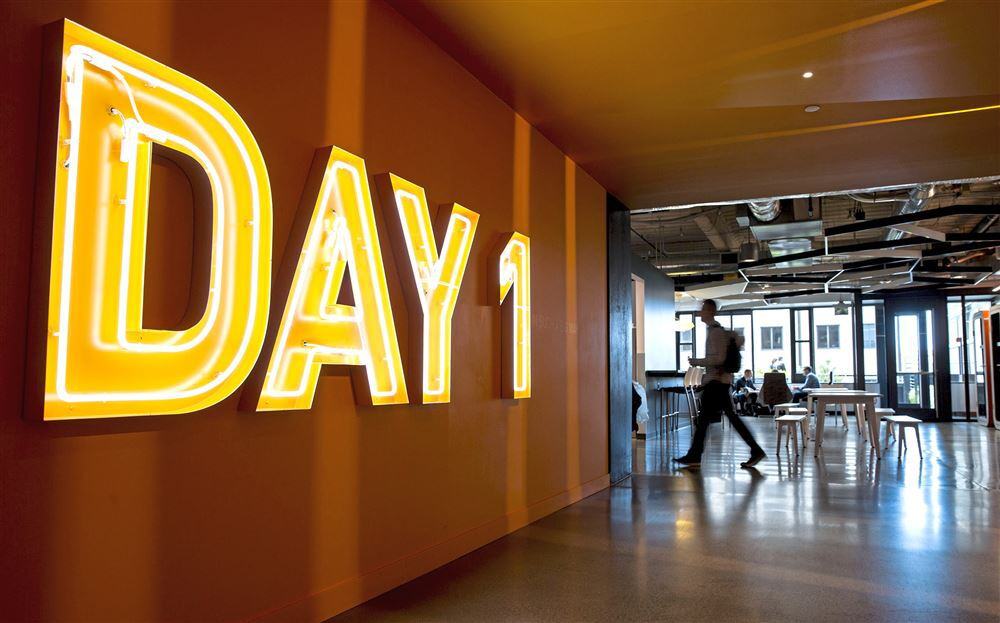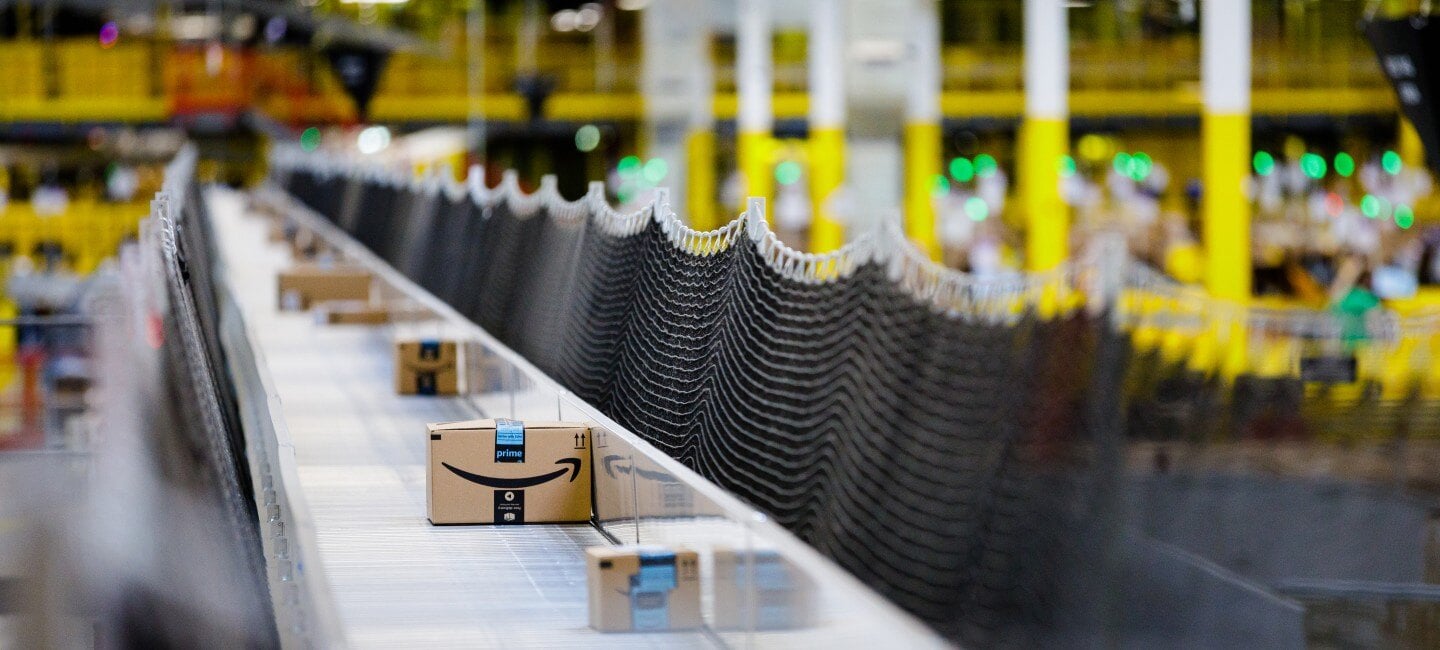Amazon Explained – The Day 1 Mentality
Amazon CEO Jeff Bezos has always been a strong proponent of the “Day 1” business outlook. In fact, he’s preached the idea so often that it has become...

Amazon CEO and founder, Jeff Bezos has taken hold of a popular growth strategy and fine-tuned it to perfection. This strategy is called the “flywheel.”
The idea is that a flywheel takes a lot of effort at the start, but once it gets spinning, it continues to quickly gain momentum and spin faster. This is similar to the snowball effect, where a snowball gets pushed down a hill as it progressively gets bigger and bigger until it is nearly impossible to stop before it reaches the bottom of the hill. The difference is that a flywheel never has to stop.
Amazon has been very intentional with feeding the specific areas of its business that it believes is essential to the flywheel strategy. Here is a picture that displays Amazon’s idea of the flywheel business model:

In the image above you can see the components that Bezos obsesses over to help his company grow. The idea is that if you feed any of these areas, the whole flywheel is impacted positively.
From the very beginning of Amazon, Bezos and his colleagues have been focused on customer experience and low prices — sometimes they would produce these things at their own loss. But that’s why a flywheel takes some effort to begin. Once it starts spinning and you have the lowest prices, you have happy customers. Happy customers come back and stay loyal if you treat them well. Amazon has mastered the art of customer retention, especially since the creation of the Amazon Prime membership.
Everything that Amazon does seems to be focused on the customer experience. Whether it’s tons of Prime perks, friendly refund and return policies, or incredibly fast deliveries — Amazon continues to produce things we want before we even know we want them.
“If there’s one reason we have done better than our peers in the Internet space over the last six years, it is because we have been focused like a laser on customer experience, and that really does matter, I think, in any business. It certainly matters online, where word-of-mouth is so very, very powerful.” – Jeff Bezos
Bezos makes it clear that even though Amazon is a trillion dollar company, he doesn’t plan to slack off on customer obsession.
In order to set up a successful flywheel, you must assure that each aspect of the wheel feeds another. For instance, Amazon has excellent prices that lead to website traffic. They offer free 2-day shipping if you have a prime membership, which means that most customers will purchase a membership. Once a membership is purchased, that customer will likely buy more from Amazon to utilize their membership they’re paying for. There are even many smaller components and additional subscriptions such as Amazon Music, Audible and Amazon Pantry that add to the flywheel’s momentum.
The flywheel strategy creates a cyclical business pattern of success:
Low prices > Prime membership > customer service > more sales > extra subscriptions.
<p>

Amazon CEO Jeff Bezos has always been a strong proponent of the “Day 1” business outlook. In fact, he’s preached the idea so often that it has become...

4 min read
Amazon offers a unique service that has helped create massive amounts of savings for its users since its launch in 2006. FBA, or Fulfillment by...

This original Op-Ed was written by Podean Global CEO Travis Johnson for The Drum and can be found here.
